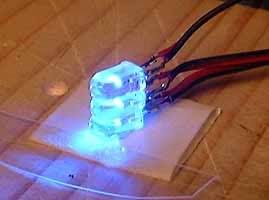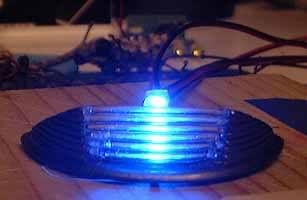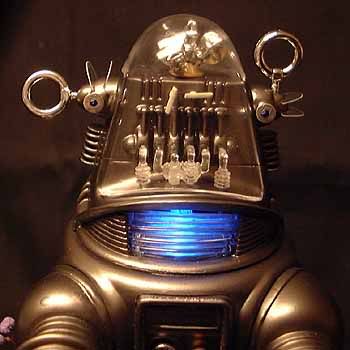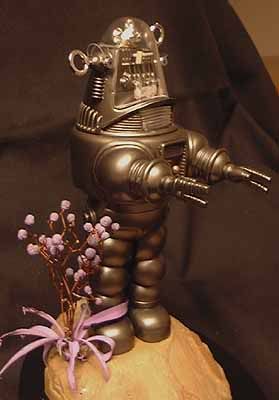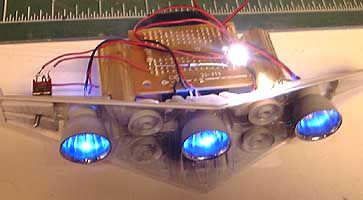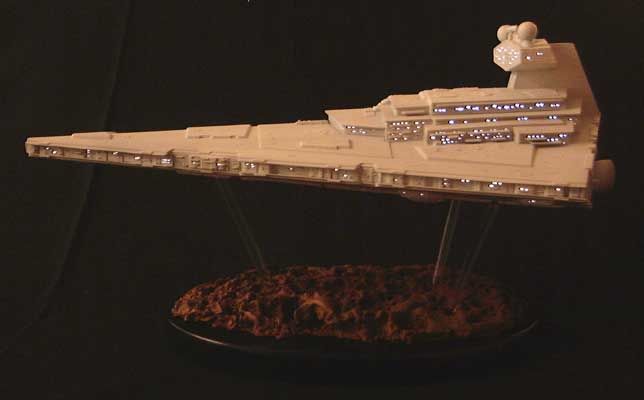I am considering just that, even though the idea of a plug plugging into a plug is a little too ghetto for me. But I sure like the idea of just the smaller receptacle in the faceplate. I've even considered partially dismantling the inverter to relocate the plug receptacles.
Another idea is a generic faceplate, using that textured black plastic, with the inverter end set into it. Then the inverters can come and go and you just make a new faceplate that fits. Then there's the heating issue again, with the inverter breathing only box air, temps would spool up even faster.
But I'm still browsing budget inverters, trying to find that combination of affordable, powerful and well rated and with the power switch on the receptacle face. Trying to find 'good enough'.
Here's one where the case is an aluminum extrusion, with everything in an end faceplate. It could probably be adapted so the faceplate is on the wood, there's a shielded / plastic lined passage thru the wood, to the body of the inverter.
https://www.amazon.com/Power-Bright..._n_feature_keywords_two_browse-bin:7067173011
Or again, make a faceplate that sandwiches between the device faceplate and the inverter body, which forms a cosmetic flange on the face of the wood while keeping the inverter closed up.
The other idea is just attach the thing to the box lid and resign myself to the idea of having the lid open when running such a higher output inverter. Just have it totally out of sight when closed. Position the other power ports to clear it. Then you open the door to lift the inverter out and expose the working end.
Certainly don't expect to be using a 1000W inverter on the move. So having things open wouldn't matter and that solves the heating issue with a heavy inverter. And the smaller inverter could just be a cigarette lighter plug type and use the exterior 12v receptacle. OR beign kept portable, be used at any seat in the vehicle, too. And that works better with 'right-sizing' and how it is likely to be used.
The 1000W+ unit would be for access out the back for using power tools and other higher-draw uses. And that reminds me it should be a good bit higher wattage. I already have a ~900W mini-generator that've I've found lacking for some power saw uses, so I better go bigger.
I already have a small unit I use in the vehicle. IIRC it's a Stanley-branded unit, 100W, plugs into the power port / cig lighter directly, no wiring, gives a 5V USB and a 110VAC outlet. I've used if for charging laptops. And I run some Christmas lights on the roof rack from it during the holidays, for laughs.
/my whole vehicle is already an electrical fire hazard, even before these fresh ambitions.








